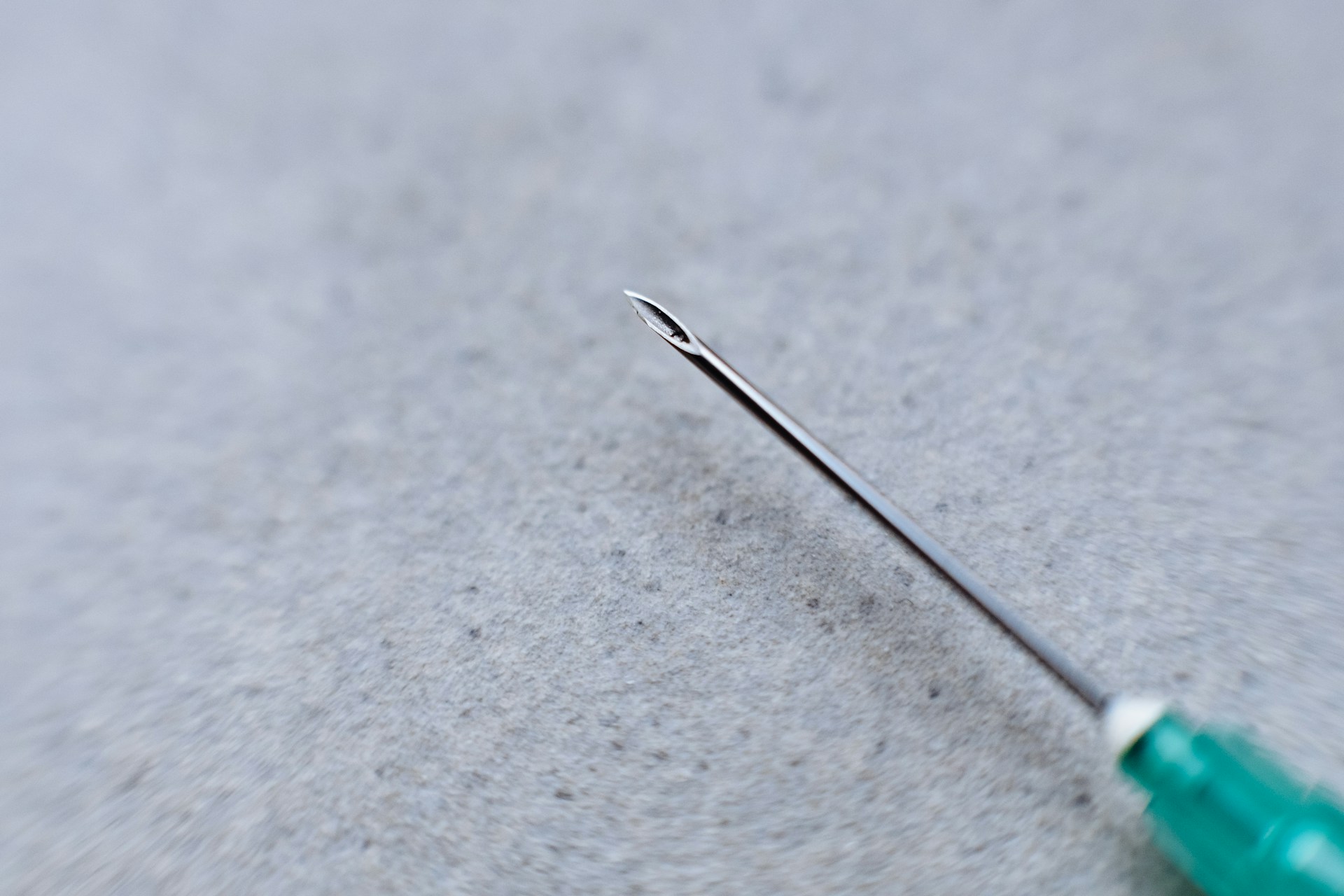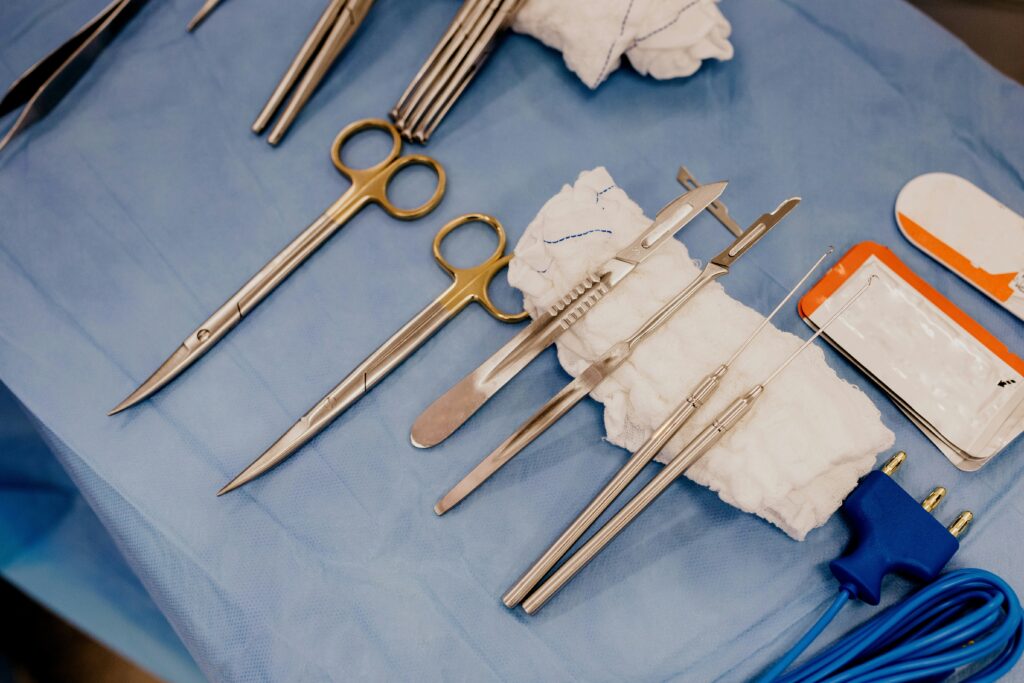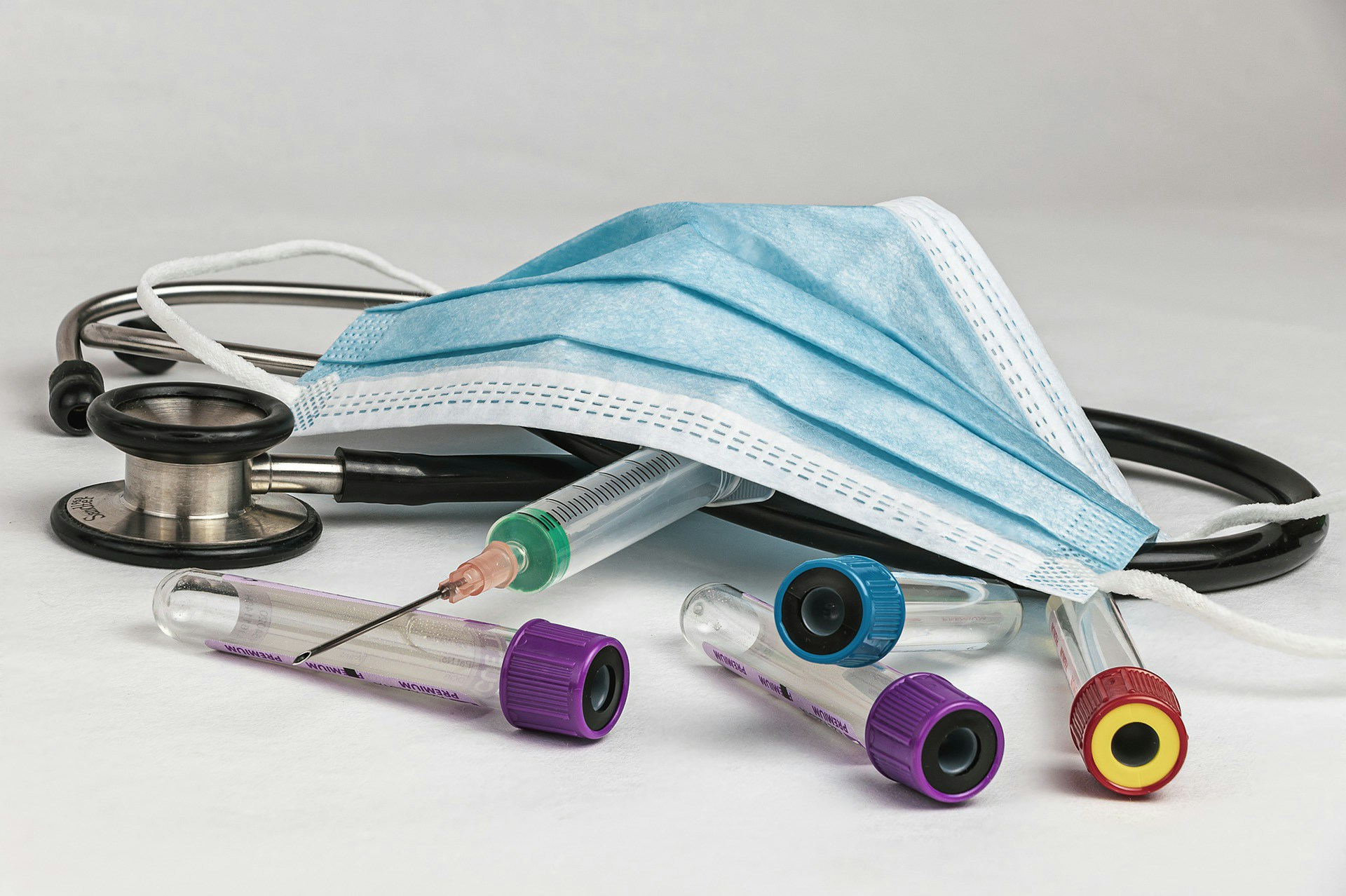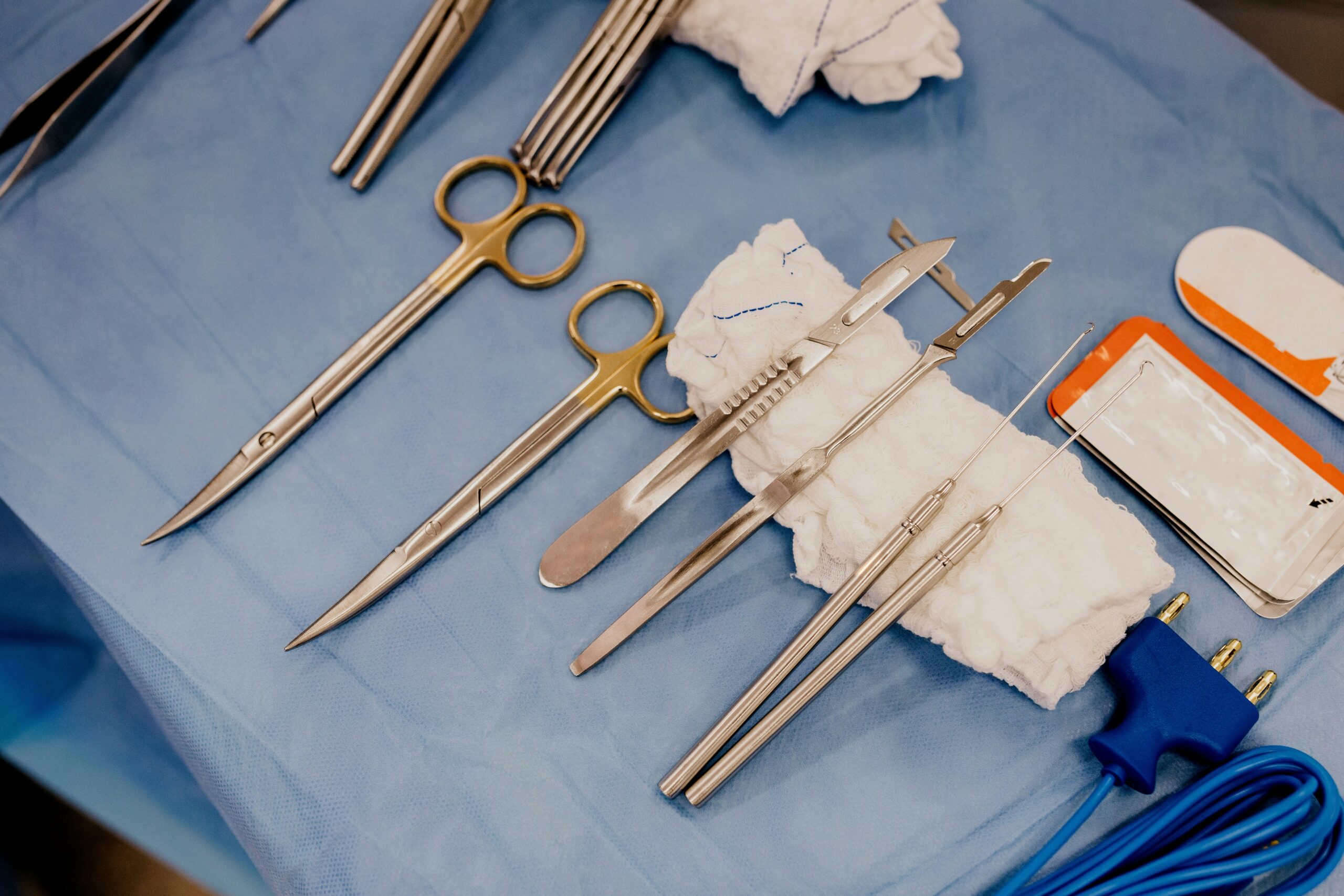
The Rise of GLP-1 Drugs and the Challenges of Proper Disposal
Key Takeaways Concerns Regarding GLP-1 Needle Disposal GLP-1 medications are a variety of drugs

Whether you’re part of a hospital, pharmacy, independent in-home care business, veterinary clinic, or a private individual who uses sharps on a regular basis, you likely know that millions of sharps are used and disposed of every single year by tons of different industries. But why is appropriate sharps disposal so important? Why are there so many regulations governing sharps disposal for businesses and individuals?
At Post Medical, we’re familiar with the rules and regulations governing sharps disposal. And we know that this type of waste can present a serious risk to public safety, the environment, and even the employees who work with these tools every day. In this article, we’ll explore the importance of strong sharps disposal policies and why it is necessary to have strict guidelines in place to enforce these rules within your own facility. Follow along as we explore the hidden risks associated with sharps and the importance of proper sharps disposal through approved sharps bins.
When anyone in the medical field refers to sharps, they’re talking about any object or medical device that can puncture skin. Here are some of the most common sharps you may encounter while working in a medical facility:
None of these medical tools can be disposed of along with regular household waste, as they can contain bacteria, viruses, or pathogens that pose serious health risks to anyone who handles them improperly.
Implementing an enforceable and clear sharps policy is designed to protect staff, patients, and the broader community. Some of the key reasons include reducing the spread of disease, preventing injuries, protecting the environment, and complying with government regulations.
Safe sharps disposal using medical sharps containers is essential for basic hygiene and safety. Using biohazard sharps containers can reduce the risk of infection through injury, prevent contamination of workspaces, and minimize exposure to a variety of bloodborne diseases — from hepatitis to HIV. With designated sharps containers that are specially designed for easy disposal and secure containment, you can ensure staff and patients are safe.
When your team adheres to all sharps disposal policies, the risk of stick injuries drops dramatically. In fact, studies show that providing sharps disposal containers in patient rooms and at medication stations led to a drop of over 80% in stick injuries.
Many needle disposal boxes are thoughtfully crafted to help staff dispose of sharps quickly and easily. Some of the best boxes offer vertical drop disposal with tamper-proof seals that prevent anyone from reaching in and removing sharps once disposed of. These containers are also leak-proof, puncture-proof, and resealable, so you can store them safely until they’re full.
While disposing of sharps in the course of your daily activities should be one aspect of your sharps disposal policy, you shouldn’t ignore appropriate disposal policies once your sharps containers are full. You don’t want medical waste contaminating public parks or waterways, and you definitely don’t want sharps littering the streets where people, children, and pets may accidentally prick themselves.
OSHA and EPA regulations typically govern proper sharps disposal for businesses, caregivers, and patients. When your policies are in legal compliance with these agencies, you can be sure that you’re doing the utmost to protect your entire community. In addition to patient, staff, and environmental safety, you’ll also minimize the risk of legal liabilities, fines, and other unforeseen harm.
There are a few basics to safe sharps disposal that every facility and individual should follow, including the use of appropriate disposal containers. These containers must abide by just three simple rules:
Whether you’re still searching for the right-sized sharps disposal containers to handle the volume at your facility or you want wall mounted sharps container cabinets that make accessibility easier for your staff, Post Medical is here to help. With our USA-made products, we strive to guarantee better quality control, streamlined ordering, and quick delivery to any medical facility in need of proper sharps disposal tools. Trust in us to provide you with premium-quality containers that enhance your operations.
Have questions about our products? Reach out to our team for personalized guidance and support.

Key Takeaways Concerns Regarding GLP-1 Needle Disposal GLP-1 medications are a variety of drugs

Better Sharps Waste Management Medical innovations in sharps disposal are ongoing. And Post Medical

Whether you’re part of a hospital, pharmacy, independent in-home care business, veterinary clinic, or